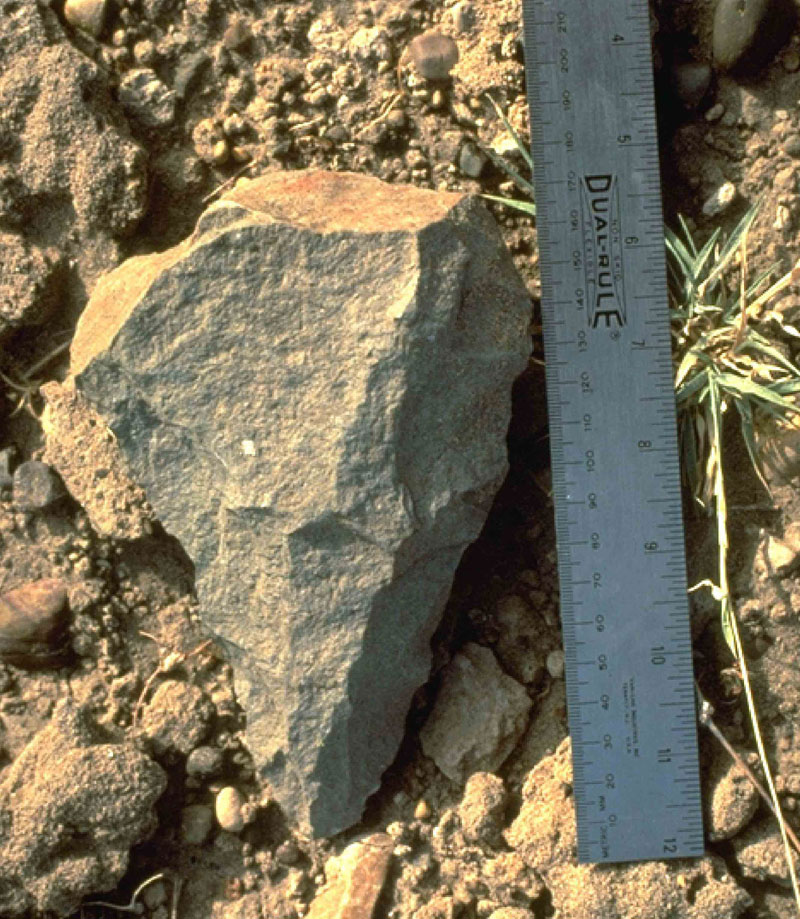
My interests center on the mineralogy, petrology, chemistry, and extent of tephra layers from East Africa (see also landsat image) in particular the Turkana Basin in southwestern Ethiopia and Northern Kenya. The Turkana Basin of northern Kenya and southwestern Ethiopia is well known for its mammalian fauna of Pliocene and Pleistocene age. In addition, many important hominid fossils have been discovered in the three formations of the Turkana Basin exposed east and west of lake Turkana and in the lower Omo Valley. Much of our understanding of the stratigraphic relations between these well-known Plio-Pleistocene deposits of the Shungura, Koobi Fora, and Nachukui Formations results from geochemical study of the glass fractions of tephra layers interbedded within these sediments. The gross character of a particular tephra layer may change markedly from one locality to another within a region—a tephra layer may be present as a thin air fall deposit at one locality, but as a thick channel fill at another locality. Therefore one cannot use lithologic characters as a basis of correlation over large areas.
Over the past two decads more than 1400 of chemical analyses of tephra layers
have been obtained from the Turkana Basin. The correlations achieved thus far
between the three formations of the Turkana Basin rest on compositional characteristics
of these tephra layers. These analyses have been organized into approximately
130 chemically distinct types and 12 major groups.
Few tephra layers are widespread,
and not all tephra layers have been found in all formations; each formation
has a number of tephra layers present only locally, which reflects localized
deposition or erosion.
Tephrostratigraphic study, the use of volcanic ash and tuff beds (tephra layers),
is used to arrange all of the tephra layers into a single ordered sequence,
and has provided isotopic ages and temporal correlations.
Photo Gallery Tephrostratigraphy of the Turkana Basin.

Acheulean handaxe from Nachukui Formation, date 1.6 Ma. It is
widely assumed these tools were manufactured
by populations of Homo Erectus.